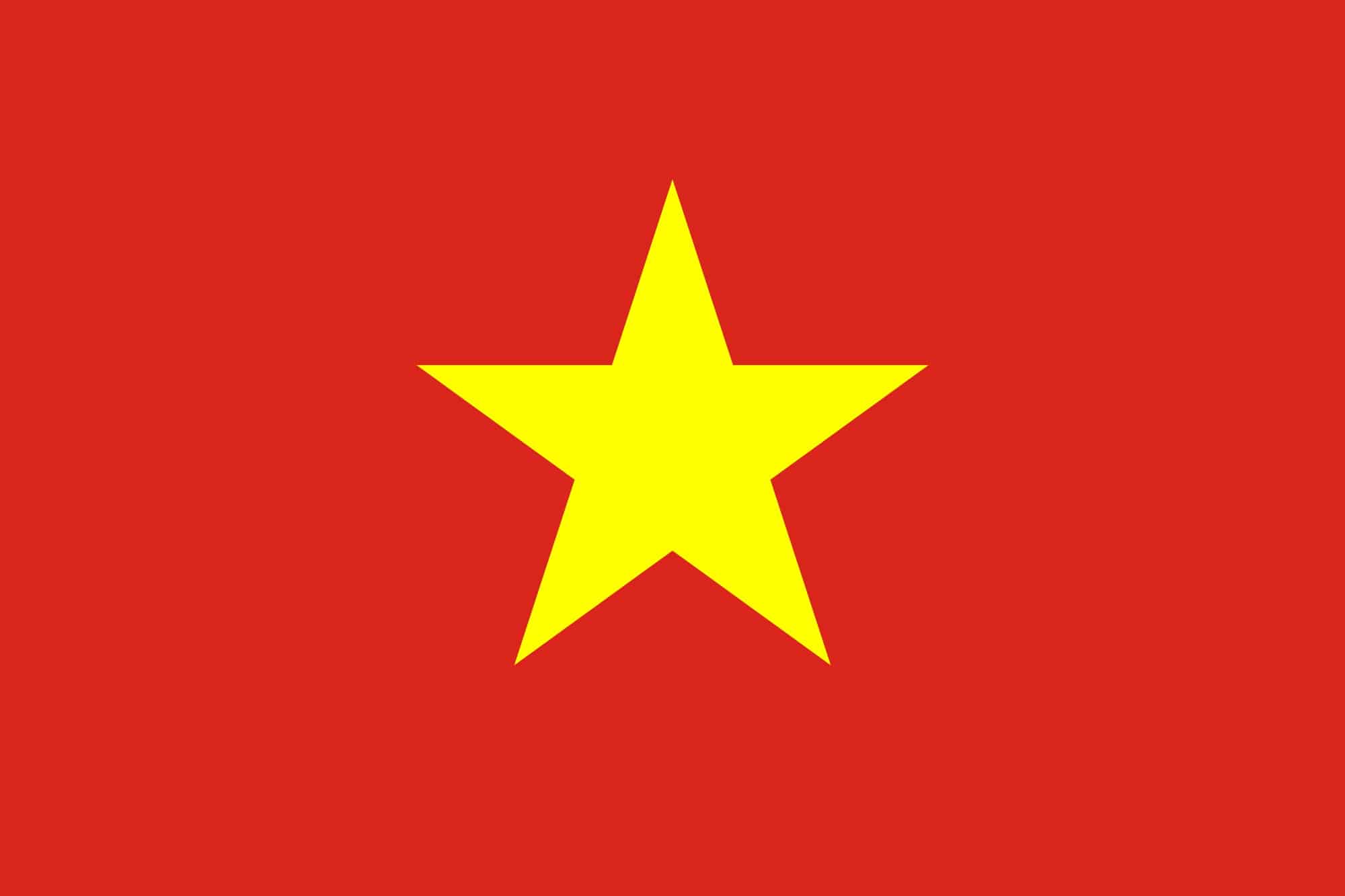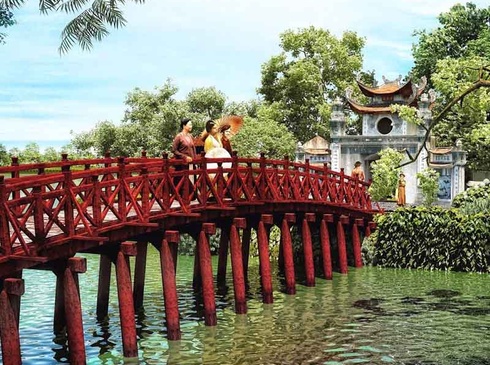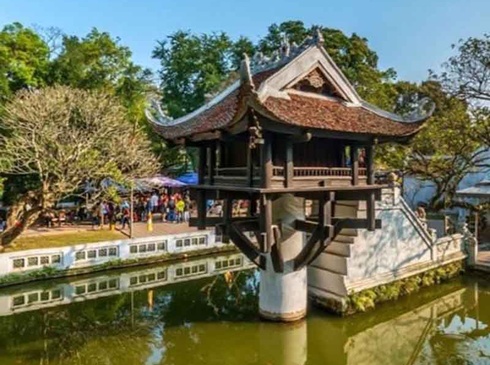Reviving the Soul of Vietnam Through Its Traditional Music
Music is an integral part of the Vietnamese culture. It reflects their values, history, and struggles. Vietnam has always been a land where music is not just entertainment but a way of life. From the ancient Cham music to the modern-day pop songs, music has always played a crucial role in keeping the Vietnamese spirit alive. One of the most significant contributions of Vietnam to the world of music is the traditional Vietnamese music that has been passed down for generations.
Vietnam traditional music is a window to the country's rich history, culture, and spirituality. Its melodies, rhythms, and instruments have intrigued music lovers around the world. However, the younger generation has been losing interest in this traditional art form. In this blog post, we will explore how Vietnam traditional music is reviving its soul with the help of passionate musicians and innovators.
.jpg)
Vietnam traditional music has a vast repertoire of songs, each with their unique style, context, and emotions. The most prominent genres of traditional music are Ca Tru, Quan Ho, Cheo, and Tuong. These are all different in their musical idioms, poetic form and represent different parts of the country with their distinct histories. However, these genres have been declining due to urbanization, globalization, and the popularity of western music. The challenge is to keep the traditional music relevant in the modern world.
A group of young and dedicated musicians have set out to rekindle the interest in Vietnam traditional music. They are blending traditional melodies with modern instruments to create a fusion that appeals to the younger generation. One such example is the band called The Six Tones, a collaboration between Vietnamese and Swedish musicians. They are exploring sounds beyond the traditional instruments and experimenting with electronic music to create something new while still honoring the traditional music style.
.jpg)
The government is also promoting the traditional music of Vietnam with events like The National Traditional Music Festival and The National Cheo Theatre Festival. Such events showcase the talents of musicians and offer them a platform to reach out to a broader audience. The growing interest of the government in preserving the traditional music of Vietnam sends a positive message to young musicians who are keen to pursue this art form.
Another critical initiative that is reviving the soul of Vietnam traditional music is the education programs aimed at teaching the younger generation. These programs teach children traditional instruments, music theory, and history. This method not only allows the younger generation to learn about their heritage but also gives them a chance to become future ambassadors of Vietnam traditional music.
.jpg)







